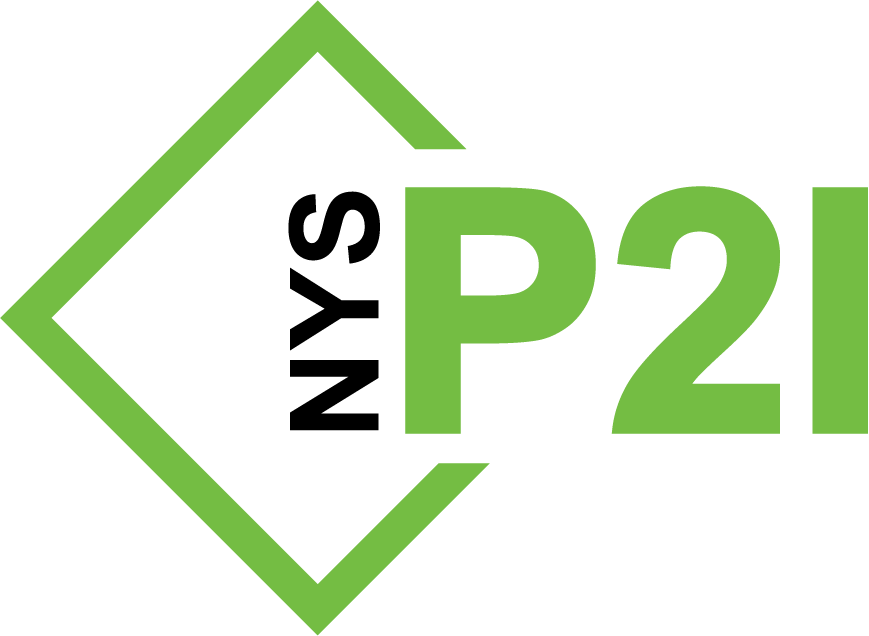2019 Community Grant Awardees
Buffalo Zoo: Teaching K-12 Pollution Prevention through Video, Art, and Sciences, Phase II will build on the Buffalo Zoo’s previous Pollution Prevention through Art project, including rain barrel painting and single-use plastic bag art, by increasing student participation in the program and adding an informative video program.
Capital Roots: The Youth Empowerment for Community Change project aims to provide environmental justice neighborhoods with innovative food access and education programs that reduce the impacts of poverty, poor nutrition, and lack of access to healthful foods. Their job-readiness and youth leadership program trains students in data collection, public health education, and community engagement.
Children's Environmental Literacy Foundation: Citizen Science in NY School Communities will engage NY public school students as environmental health researchers to collect, analyze, and compare air-quality data from their neighborhoods to identify the sources of air pollution, connect the sources to human behaviors, and then develop prevention plans for their communities.
Clean and Healthy New York: Reducing Toxic Chemicals through Local Procurement will conduct research needed to develop materials to create awareness about chemical hazards in food service ware, identify safer alternatives, and promote nontoxic packaging.
Corn Hill Waterfront and Navigation Foundation: Environmental Education on the Erie Canal (E3C) aims to position the Erie Canal as a testbed for STEM education by educating teachers, students, and the community to raise the public’s awareness of the sources and effects of water pollution.
Gowanus Canal Conservancy: Gowanus Blue Schools will implement a program and STEM curriculum model that addresses issues of Combined Sewer Overflows (CSOs). Students will design comprehensive green infrastructure proposals on environmental justice topics and then present them at a final competition.
Healthy Baby Network: Environmental Reproductive Wellness for Black Women aims to create a community driven health education series targeting black women and girls with respect to personal care products and the development of a steering committee to champion black women’s environmental wellness.
Hudson River Park Friends: The Hudson River Park Community Compost Center Program will support and enhance their existing Community Compost Program by recruiting addition volunteers, sustaining and increasing the number of Community Compost Programs, extending outreach to parks and municipalities, and securing additional supplies and equipment.
Hudson River Sloop Clearwater Inc.: The Microplastics Pollution Prevention Project will focus on training teachers in environmental justice communities because their experience educating showed greater potential impact in training educators who can deliver the curriculum to their students thus multiplying the impact of their work. The project will have a greater emphasis on plastics pollution prevention strategies.
Onondaga County Resource Recovery Agency: Cafeteria Food Scraps Recovery Educational Video will produce a professional educational video to train students on how to implement a school-wide cafeteria food scraps recovery compost program and explore why it’s beneficial to do so. It will serve as support to the NYS DEC ‘Beyond Waste’ solid waste plan.
Rockaway Waterfront Alliance: Living Classroom is a series of hands-on experiential learning workshops that empowers kids to address issues directly, giving them an opportunity to effect change. The program will grow students’ sense of environmental stewardship, and their role in reducing pollution, with a goal of a behavioral change in diverting trash to recycling and compost.
SU Center for Sustainable Community Solutions: The Save CNY Wasted Food project aims to increase community support for local food recovery efforts that work to aid those facing food insecurity by engaging, educating, and empowering CNY residents about food waste, food insecurity issues, and food waste prevention practices they can adopt.
The Art Effect: The Creativity and Connection at the Fall Kill Creek project engages low-income youth and community residents alongside the creek to increase knowledge about environmental harms. Youth will research, clean, and monitor two sites, implement public education campaigns, and design and install public art encouraging them to become ambassadors for the environment.






